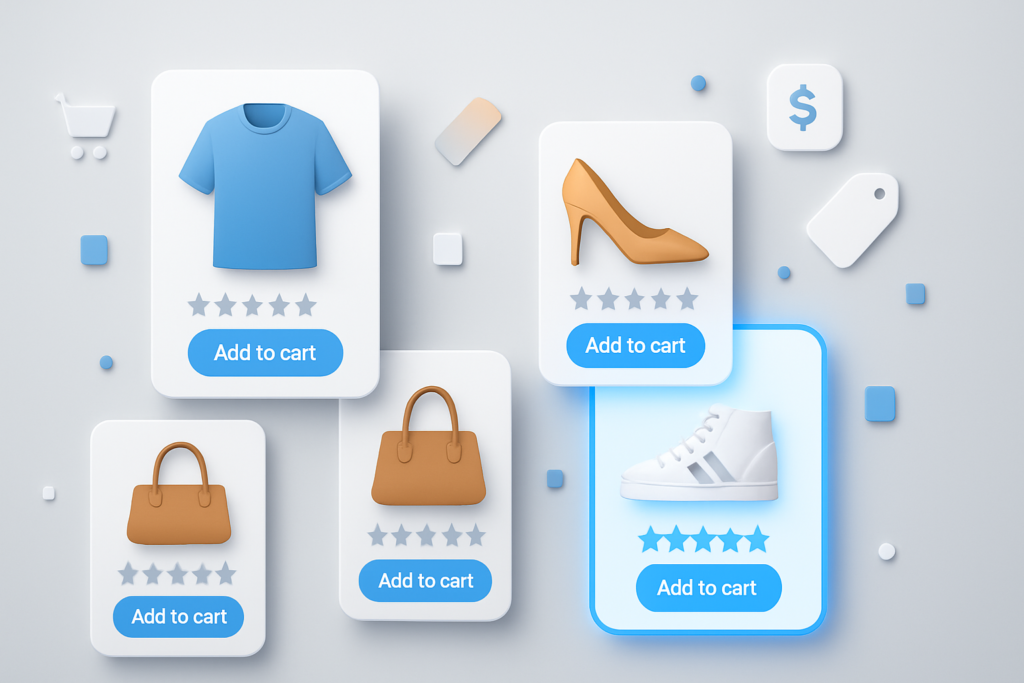Paid search ads are small but mighty. When written well, they inspire click-throughs to your landing page. When poorly written, searchers will bypass your ads, or—even worse—click through only to not find what they expected.
The most effective paid search ad copywriting draws qualified searchers and drives qualified click-throughs. In other words, the copy attracts searchers truly in the market for your product, and you don’t pay for sessions from customers searching for something else.
Read on to learn 9 essential strategies for paid search ad copy that hits the “qualified” mark, with real-world examples to show ad copy that works.
1. Understand your customers. Before you can write to your ideal customer, you need to know who they are. Are you a luxury brand whose customers insist on superior craftsmanship or white-glove service? Is your ideal customer looking for quality at an affordable price? Is free shipping a must for your target audience? Or, is your customer a high-knowledge professional looking for niche expertise? The language you choose will vary significantly based upon your answer.
2. Keep the copy relevant and specific to ‘search intent.’ You’ve taken the time to understand your customers well—now speak to them directly about how you meet their needs. Include the words “you” and “your” in the copy when they work organically. But most importantly, use language that demonstrates you know what they want.
Consider people looking for options to stand while working. Some searchers will only consider the best standing desks on the market. Their search keywords might be: “premium stand-up desks” or “best standing desk.” If this is your customer base, draw them in with language that clarifies high-end, proven quality. For example:

Here, the copywriter uses best-in-class language throughout the ad, including “#1 Stand Up Desks,” and “Over 200,000 Satisfied Clients.” The language is also unapologetically confident.
Other customers will have different top priorities, such as improved posture, easy installation, or use of eco-friendly materials. When you know your customers’ core search intent, you can shift the language to let them know your product meets their needs. For example:

This ad speaks to searchers most concerned about their posture and the health benefits of standing. Notice how the headline includes the word “you” and a touch of humor about a universal problem.
3. Make them an offer and call out differentiators. Include information about discounts, free shipping, or buy-one-get-one offers, whenever relevant. Additionally, highlight the top features that differentiate your product from your competitors. You can place these shout outs in the headline or the description text—or both. For example:

This ad copy for a standing desk converter includes “Free Shipping” in both the headline and the description. The offer of free shipping demonstrates an understanding of the target audience: people looking for alternatives to expensive standing desks. The copy also addresses other end goals this customer would likely care about, such as ease of use and the ability to retain their current desk.
4. Don’t get carried away. You want to entice searchers with lively language, but don’t go overboard with sensational language that makes people feel on the receiving end of the hard sell. Pushy language is off-putting; most searchers will be wary of clicking through for fear of encountering similarly aggressive marketing.
5. Match the ad copy style to the landing page copy. Paid search ads are the doorways to your landing page—the entrance should reflect what they find when they click through. If the language lacks continuity of style and focus, the result is jarring and disoriented. Customers searching for customizable standing desks will bounce fast when they arrive at a landing page focused on pre-fabricated options.
6. Make each headline a full thought. Google paid ads allow up to three short headlines separated by a vertical bar. Make each headline a complete thought, and don’t split ideas between headlines. For example, another ad for Victor Technology standing desk converters reads: Great for Home Offices | Work from Home | Ergonomic Design. Each headline is a stand-alone thought, and each addresses a specific customer need.
7. Answer key questions and get specific. Try to answer the top three or four customer questions in the ad copy. This way they don’t have to visit your landing page for the answers and possible disappointment. When relevant to the search intent, specificity and transparency increases confidence in your product’s credibility. Some questions to consider answering upfront:
- What’s the starting cost of your product?
- Is your product or service luxury or white-glove?
- Is the product pre-assembled?
- Is your product or service all inclusive or are there add-ons?
- Do you offer a guarantee?
- How soon does your product ship from the warehouse?
8. Enlist strong verbs that inspire action. The most effective calls to action are short phrases that include action verbs. They may also include a time element that encourages immediate click-throughs. A few examples:
- Explore ergonomic standing desks today
- Customize your new standing desk
- Correct your posture now
- Find the perfect stand up desk for your home office
- Visit our virtual showroom
9. Split test the copy. After you’ve written the perfect paid search ad, write it two to three more times. Switch the headline language, the primary keywords, or the call to action in the different versions. Run 3-5 sets of ad copy and utilize Google’s optimize feature to find what resonates most with users. Sometimes the testing shows your customers respond to headlines that focus on features over deals. Or, it’ll demonstrate that descriptions calling out eco-friendly materials perform better than those highlighting luxury design. You won’t know unless you check it out with testing.
Employ these strategies and experience the business value of thoughtful and strategic paid search copywriting.





